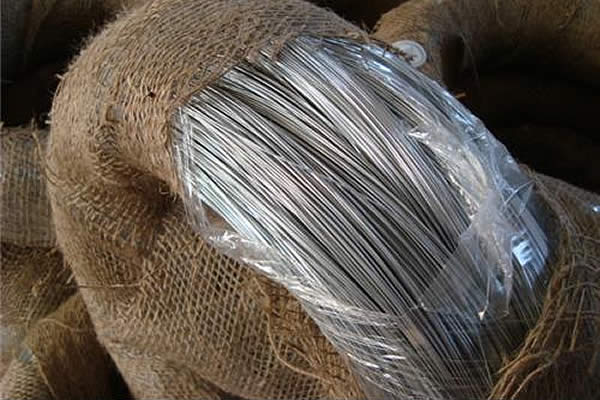 TEL:
+86-13102802206
TEL:
+86-13102802206
 Email:
fencenetting@china.com
Email:
fencenetting@china.com
 Language
Language
 TEL:
+86-13102802206
TEL:
+86-13102802206
 Email:
fencenetting@china.com
Email:
fencenetting@china.com
 Language
Language


The Versatility and Advantages of Stainless Steel Welded Wire
Stainless steel welded wire is a pivotal material in various industries due to its combination of strength, durability, and resistance to corrosion. Initially developed for structural applications, this versatile product has expanded its reach across numerous sectors, from construction to agriculture, and even in decorative projects.
One of the most significant characteristics of stainless steel welded wire is its exceptional resistance to corrosion. Unlike traditional steel, stainless steel contains chromium, a chemical element that forms a protective layer on the surface of the metal. This layer shields the wire from moisture, chemicals, and environmental factors that typically lead to rust and degradation. This property makes stainless steel welded wire ideal for use in harsh environments, such as coastal areas where saltwater can significantly affect standard steel materials.
In construction, stainless steel welded wire is often used as reinforcement in concrete structures. The strength and resilience of the wire enhance the durability of buildings, bridges, and other infrastructures. Additionally, it’s lightweight, making it easy to handle and install. These characteristics significantly contribute to the integrity and longevity of construction projects, ultimately leading to reduced maintenance costs over time.
In the agricultural sector, stainless steel welded wire finds applications in fencing, animal enclosures, and crop protection. The wire's robust nature ensures that it withstands the elements, providing a reliable barrier against predators or environmental damage. Farmers often prefer stainless steel over other materials due to its longevity and low maintenance requirements. This durability results in cost savings, as replacements and repairs can be minimized over the wires’ lifespan.

Another remarkable feature of stainless steel welded wire is its aesthetic appeal. With a sleek, modern appearance, it can be utilized in various decorative applications. Architects and designers often incorporate stainless steel welded wire in the creation of fencing, railings, and screens, offering both functionality and visual appeal. Its clean lines and polished finish enhance architectural designs while maintaining the strength and durability essential for safety and security.
The manufacturing process of stainless steel welded wire involves welding individual wires together at their intersections, producing a uniform mesh structure. This method not only enhances the wire's overall strength but also allows for flexibility in design and customization. Depending on the specific requirements of a project, the mesh size, wire diameter, and panel dimensions can be tailored to fit various applications. This adaptability makes stainless steel welded wire an increasingly popular choice among manufacturers and builders looking for bespoke solutions.
Moreover, stainless steel welded wire is environmentally friendly. Unlike many alternatives, stainless steel is 100% recyclable without losing its inherent properties. This trait aligns with the growing emphasis on sustainability and environmental responsibility in manufacturing processes. Choosing stainless steel welded wire contributes not only to immediate project needs but also to long-term ecological benefits.
In conclusion, stainless steel welded wire is a remarkable material that combines strength, durability, and aesthetic appeal while offering exceptional resistance to corrosion. Its wide range of applications across various sectors, from construction and agriculture to decorative projects, highlights its versatility and practicality. As industries continue to seek sustainable and cost-effective materials, stainless steel welded wire will undoubtedly remain a top choice for builders, manufacturers, and designers alike. The future looks bright for this indispensable material, as it continues to evolve and adapt to modern demands.